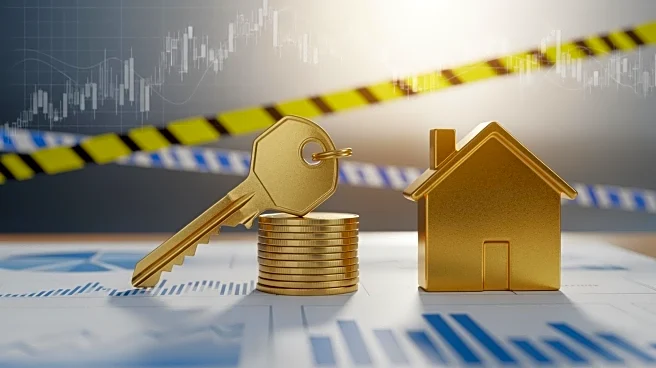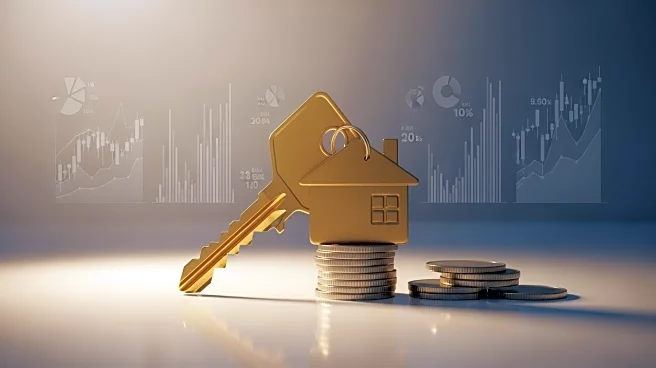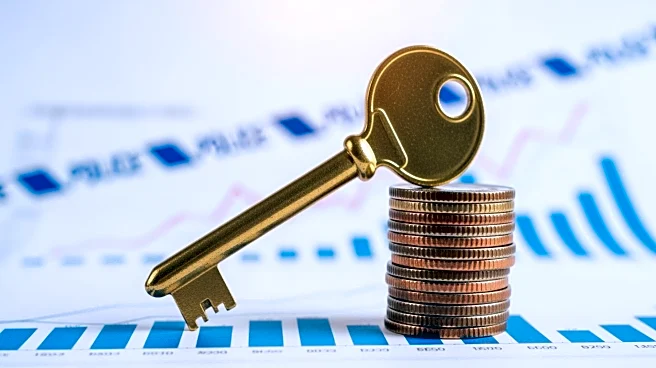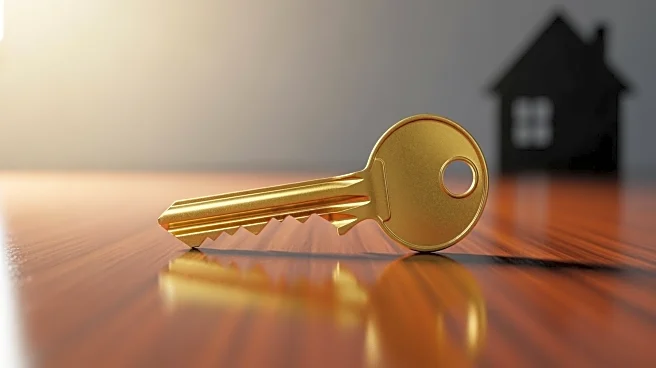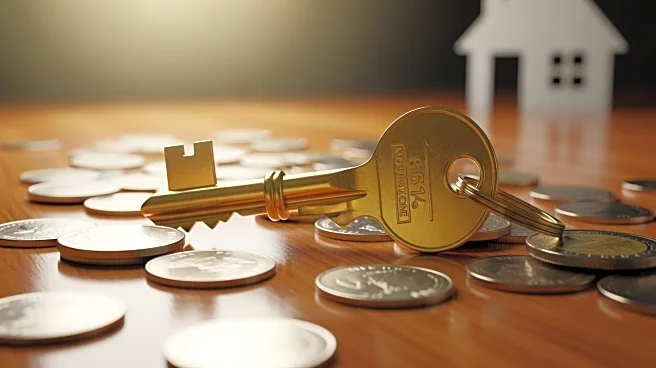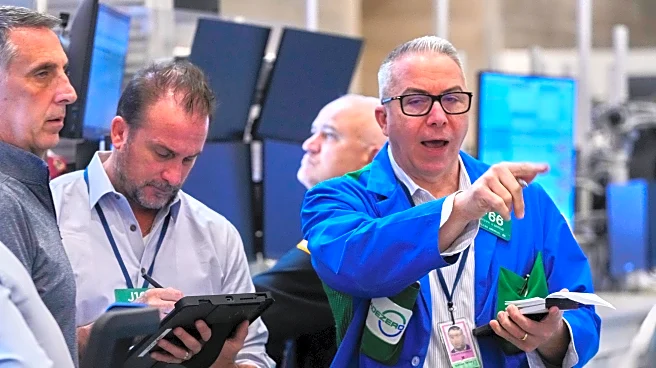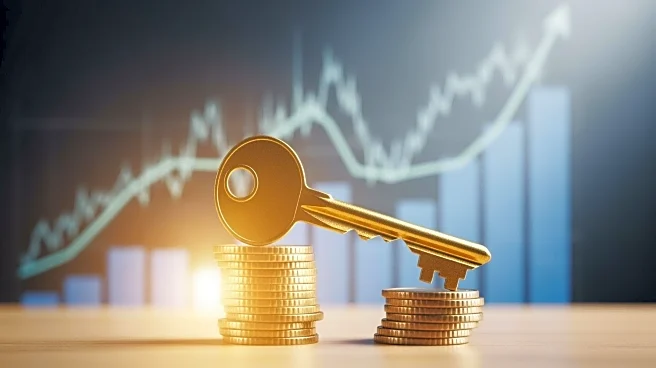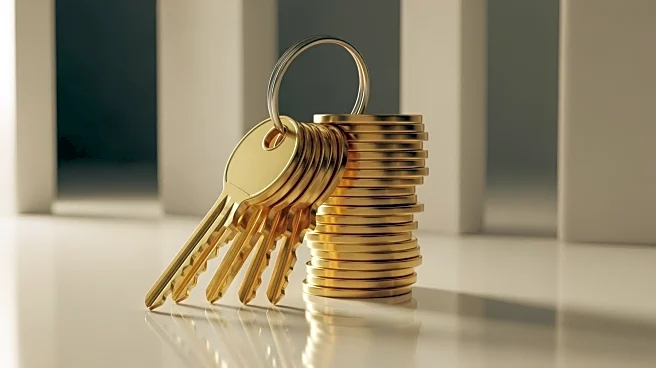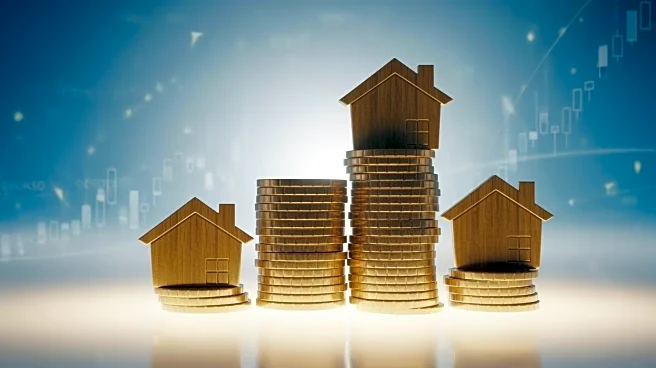What's Happening?
The Mortgage Bankers Association's Chief Economist, Mike Fratantoni, has projected that 30-year fixed mortgage rates will remain in the range of 6% to 6.5% through the end of 2028. This forecast was presented
at the association's annual conference in Las Vegas. Despite the current average rate of 6.19%, some borrowers are securing rates below 6%, with creative financing techniques such as mortgage buydowns. These buydowns allow borrowers to reduce their mortgage interest rates temporarily or permanently, thus lowering monthly payments. The strategy has gained popularity, with a significant increase in listings offering mortgage rate buydowns over the past year.
Why It's Important?
The forecast of stable mortgage rates is significant for the housing market, as it provides predictability for homebuyers and lenders. Borrowers who can secure lower rates through buydowns or other means stand to benefit from reduced monthly payments, making homeownership more affordable. This stability in rates could encourage more buyers to enter the market, potentially boosting home sales and stimulating economic activity in related sectors such as construction and real estate. However, the cost of securing lower rates through buydowns may be a barrier for some buyers, impacting their overall affordability.
What's Next?
As mortgage rates are expected to remain stable, borrowers may continue to explore creative financing options to secure lower rates. Lenders and real estate agents might increasingly offer buydown options to attract buyers. The housing market could see increased activity if more buyers are able to afford homes due to these strategies. Additionally, economic factors such as changes in Treasury yields or Federal Reserve policies could influence future mortgage rate trends.
Beyond the Headlines
The use of mortgage buydowns raises ethical considerations regarding transparency and fairness in lending practices. Buyers must be fully informed about the long-term implications of buydowns, including potential costs and benefits. The popularity of buydowns also reflects broader economic challenges, as buyers seek ways to navigate high-rate environments. This trend may indicate a shift towards more flexible and innovative financing solutions in the housing market.



